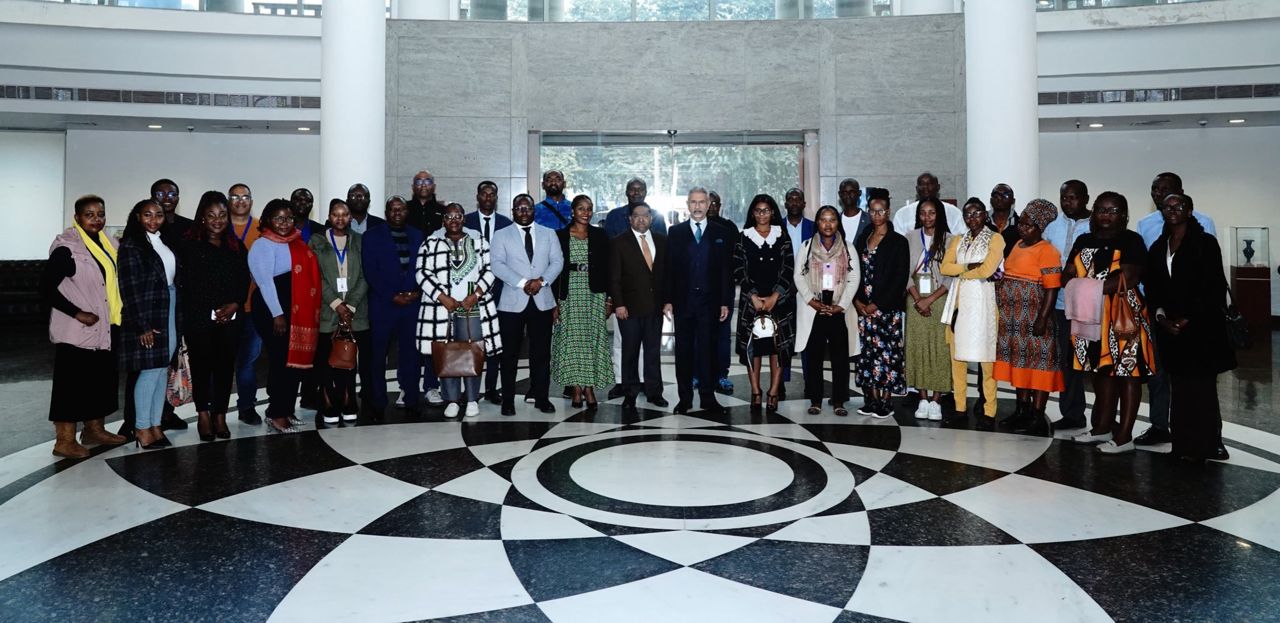Healthcare delivery in Namibia is characterised by a two-tier system of private healthcare, funded through registered medical aid funds and the Public Service Employee Medical Scheme (Psemas), which covers up to 20% of the country’s population, and public healthcare under the Ministry of Health and Social Services, covering 80% of the population.
Since 1990, when Namibia gained independence, ensuring affordability and availability of high-quality medicine for all its residents has been a top priority of the government.
However, the cost of medicine represents the second-largest healthcare expense in Namibia at about N$3 billion annually for a population of 2,6 million people, of which 42,2% are below 18 years of age, according to Namibia Statistics Agency (NSA) population data.
The amount spent on medicine involves the following:
(i) The Ministry of Health and Social Services (Central Government Stores), through public procurement, spends at least N$1,2 billion on medicine for 80% of our population, excluding medical devices.
(ii) Registered medical aid funds under the Namibian Association of Medical Aid Funds (Namaf) annually spends at least N$800 million on medicine for 8% of the population.
(iii) Psemas annually spends at least N$1 billion on medicine for 12% of the population.
These high amounts raise the question, in particular: Do the health ministry, Psemas, and medical aid funds need to do something about medicine?
Regarding private health funding, trends show that medicine is the second-highest cost driver, following private hospitalisation.
Owing to utilisation and high healthcare inflation above the consumer price index, Namaf held a workshop on the drivers of healthcare inflation in 2018 and agreed that the sustainability risk of the industry is of major concern, needing mitigating intervention.
Granted the statutory powers to control the functioning of medical aid funds, Namaf has been tasked to devise strategies and interventions to address industry-wide risks.
Similarly, granted the statutory powers to control the function of each fund, boards of trustees have been tasked to focus on devising fund-specific interventions aimed at addressing the problem.
To understand the problem of medicine, the point of departure is the determination of the Namibia benchmark or base price for medicine.
This is the price at which a retailer (whether a pharmacy or dispensing provider, or a hospital) purchases medicine from a wholesaler, composed of the manufacturer’s price and wholesale margin.
The implementation of the Namibian National Pharmaceutical Product Interference (Nappi) benchmark price file, or base price for medicine, entails the following:
– a list of medicines registered by the Namibia Medicines Regulatory Council (NMRC) and available in Namibia,
– a transparent process according to which landing costs of medicine in Namibia can be established and maintained, and
– that the above processes inform pharmaceutical benefit management (PBM) funds received from vendors.
The implementation of the Namibian Nappi benchmark price file requires an understanding that products from South Africa are allocated public domain Nappi codes based on the South African single exit price (SEP).
For all products that do not originate from South Africa, vendors in Namibia create a custom process and ‘dummy’ Nappi codes.
SEP is the base price in South Africa as created by Section 22G of the Medicines and Related Substances Control Amendment Act for South Africa.
SEP consists of an ex-factory price with a logistical fee component (value-added tax) for medications supplied to all purchasers other than the state in order to provide transparency to the private sector.
The SEP mechanism is the maximum price that can be charged for a medicine.
Namaf is setting strategies to ensure the future sustainability of the medical aid fund industry in the interest of all stakeholders – medical aid funds, healthcare service providers, and, most importantly, members of medical aid funds.
Namaf has been working on implementing the Namibian product file and concomitant price file for medicine, surgical equipment, and consumables to enable the association to introduce a benchmark tariff for medicines. Significant progress has been made thus far.
The development of the government pharmaceutical pricing policy, which is underway, will augment the efforts of Namaf to implement the Namibia benchmark price in respect of all medicines and pharmaceutical products available on the Namibian market, which would eventually augment the government’s efforts to introduce a pharmaceutical pricing policy.
However, it is necessary that a collaborative rather than an imposing approach be followed, and to this end, Namaf would be initiating a process through which open engagement can take place to discuss the Namibian Nappi benchmark price file with stakeholders.
- Uatavi Mbai is the stakeholder relations and communication manager at the Namibian Association of Medical Aid Funds.
Stay informed with The Namibian – your source for credible journalism. Get in-depth reporting and opinions for
only N$85 a month. Invest in journalism, invest in democracy –
Subscribe Now!







